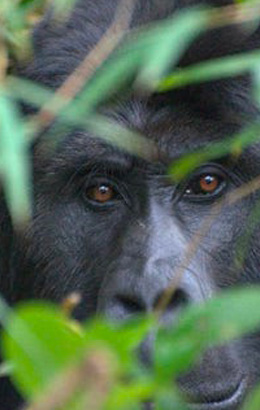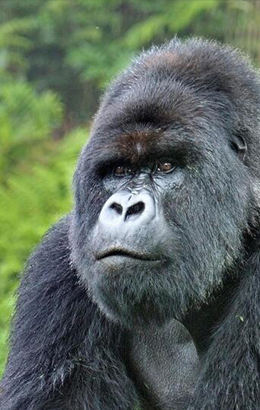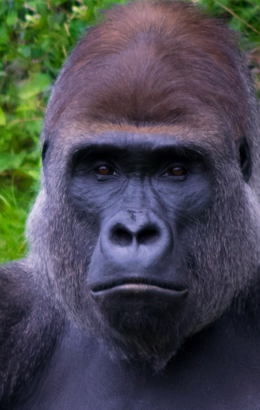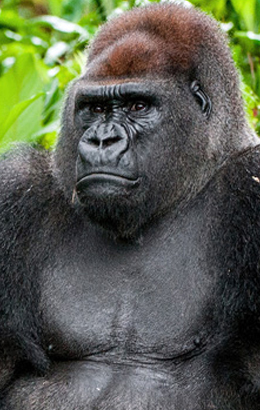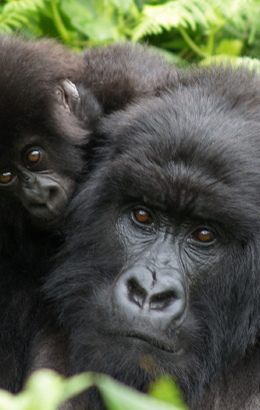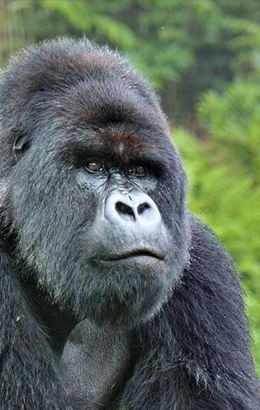(Scientific name: Gorilla beringei beringei)
Western Lowland Gorillas
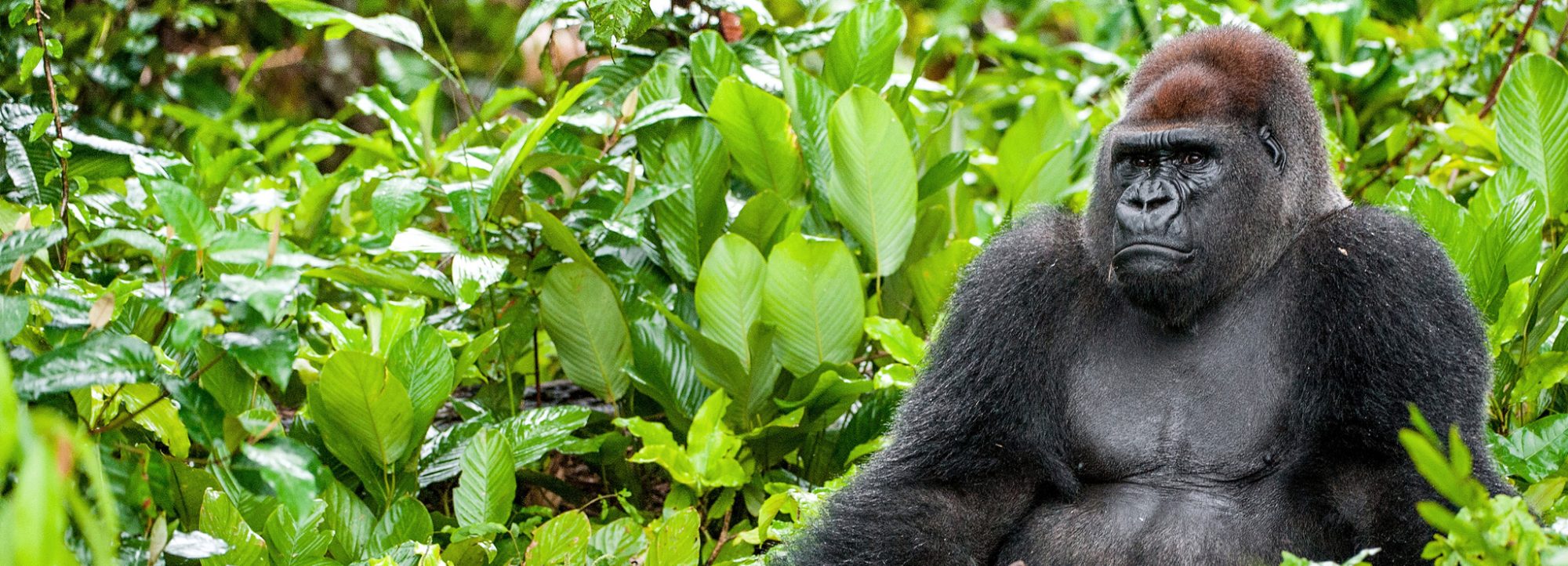
The western lowland gorilla is one of two Critically Endangered subspecies of the western gorilla.
The western lowland gorilla is the smallest subspecies of gorilla – although adult males can still weigh up to 180kg. They often have much redder or greyer fur; adult males have striking chestnut fur on their head and neck, and the characteristic fur on their back extends further down their thighs giving them a more full-bodied silver look.
Western lowland gorillas live in family groups led by a dominant silverback, but unlike eastern gorillas, the group will often split up during the day, coming back together at night to nest.
Western Lowland Gorilla Population
Fewer than 150,000 western lowland gorillas remain in the wild.
The western lowland gorilla is the most widespread gorilla subspecies, and can be found across more than 700,000 km2 of central and West Africa.
Western lowland gorillas are classed as Critically Endangered on the IUCN’s Red List.
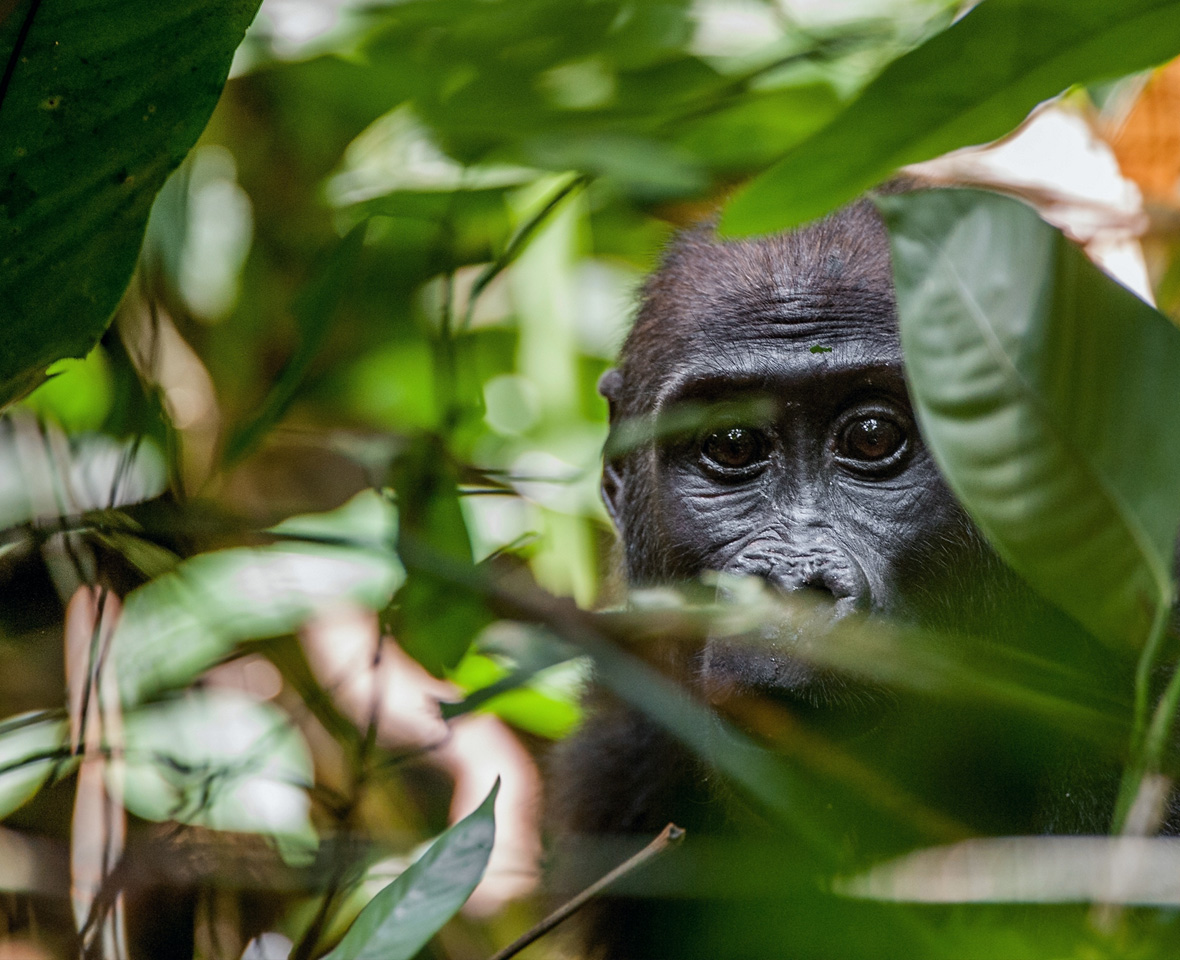

Western Lowland gorilla habitat and homeland
Western lowland gorillas are the most widespread gorilla subspecies, found throughout west and central Africa.
The western lowland gorilla lives in the forests and low-lying swamplands in central Africa in Democratic Republic of Congo, Gabon, Cameroon, Angola, Equatorial Guinea, and Central African Republic.
Like all gorillas, they are largely herbivorous, but western gorillas are particularly fond of fruit, which makes up most of their diet when available. They also eat leaves, shoots, bark, ants and other insects. Western lowland gorillas favour habitable locations where edible plants are more plentiful.
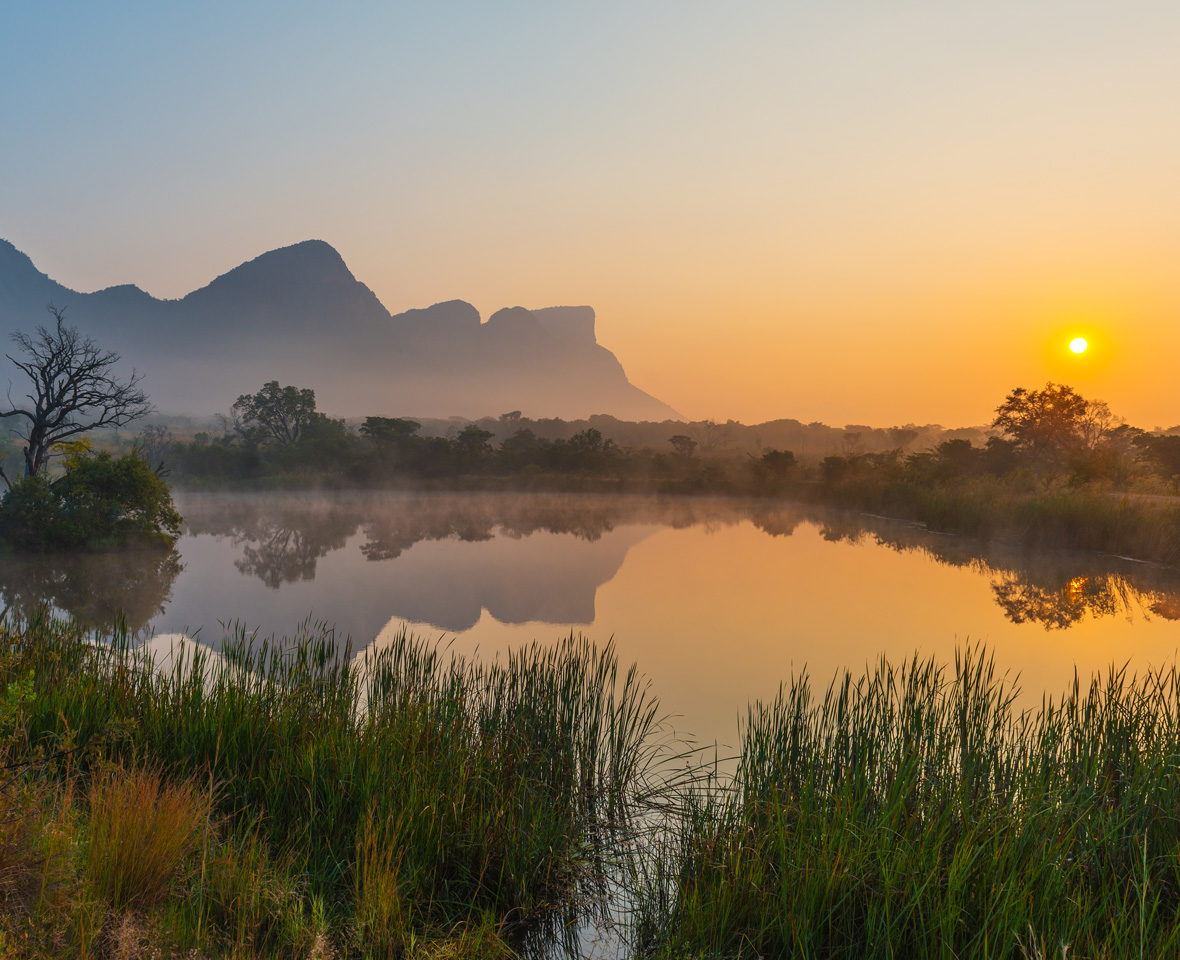
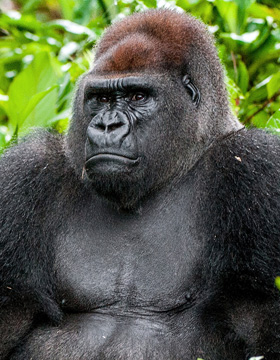
Western Lowland gorilla threats
The main threats to western lowland gorilla populations are habitat loss, hunting for bushmeat, disease (especially the Ebola virus), logging and illegal mining.
Until recently, conservationists were less concerned about the long-term future of the western lowland gorilla as their vast forest home created a natural boundary between them and their human neighbours. But as the logging industry engulfs the forest, bringing roads, hunters and disease, the gorillas’ prospects has been thrown into uncertainty.
Unlike their eastern cousins, western lowland gorillas are hunted for bushmeat, and in recent years the spread of Ebola has devastated the wild population. Studies indicate that the virus may have killed as many as a third of all western lowland gorillas in the early 2000s.
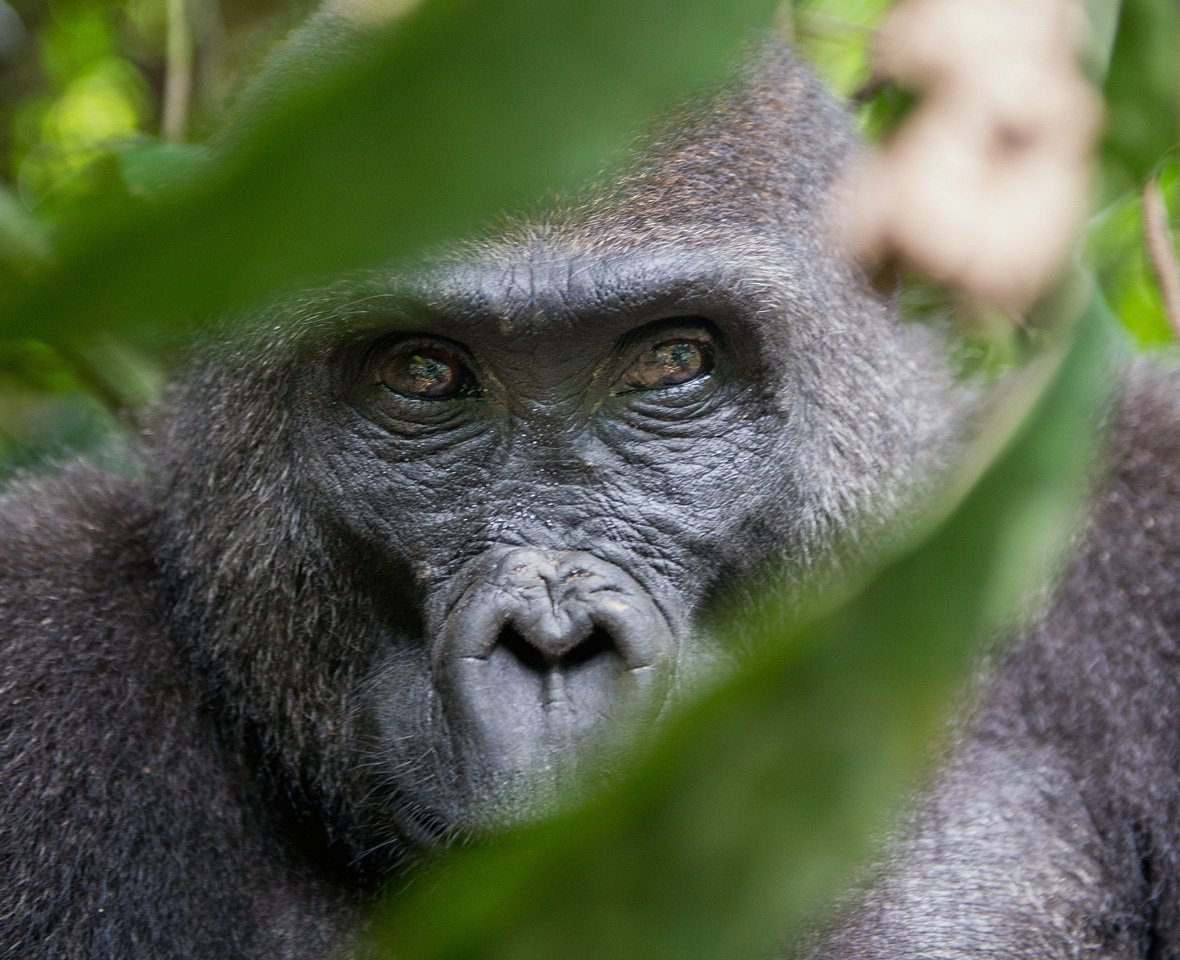

Mountain gorilla

Cross river gorilla
(Scientific name: Gorilla gorilla diehli)
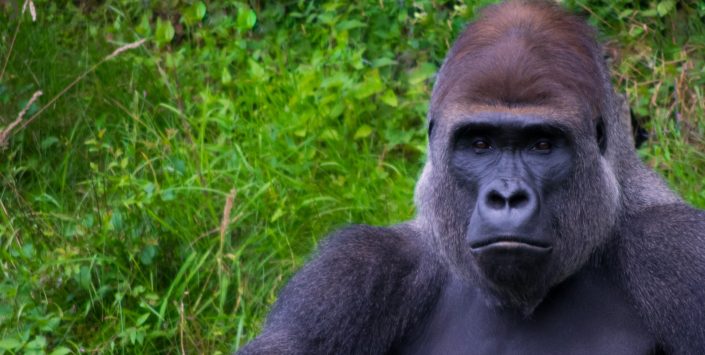
Eastern lowland or Grauer’s gorilla
(Scientific name: Gorilla beringei graueri)
You can make a difference
We are dedicated to safeguarding the future of wild gorillas, but we cannot do it alone. A donation today, no matter how big or small, will support our vital work in protecting the worlds remaining wild gorillas.
There are just over 1,000 mountain gorillas left in the wild. Adopt a gorilla today for just £4 a month and help save a species on the edge of extinction.
We’d love to hear from you in regards to our work in Africa to save the world’s last remaining gorillas.
Keep up-to-date with the latest news, events and campaigns from the Gorilla Organization.
